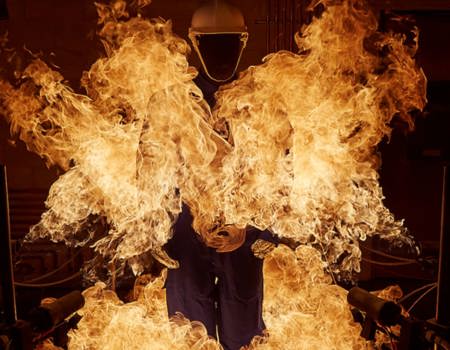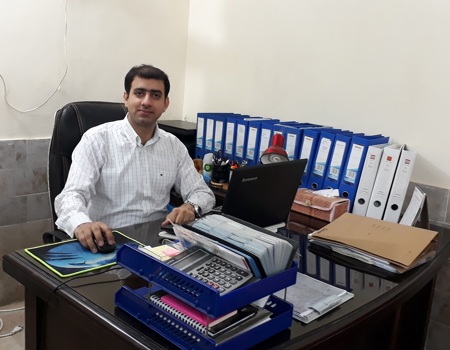BTTG®
Our History
Scroll down to view how we have evolved and impacted the textile industry over the years.
WIRA (Wool Industries Research Association) founded, occupying two converted houses, Torridon and Longfield on Headingley Lane, Leeds.

Shirley Institute established as the British Cotton Industry Research Association (BCRA) in rooms at Manchester University.

The first “breathable” fabric, known as Ventile, developed at Shirley Institute for the Ministry of Defence, and later patented and licensed to a UK company for commercial exploitation.

The Martindale Abrasion tester was devised at WIRA by Dr J G Martindale. Its original use was for testing carbon-impregnated cloth that was to be used in connection with protection against gas attack during the Second World War.

Partition chromatography analysis was invented and developed at WIRA, by Martin and Synge (1940 – 1944), who were awarded the Nobel Prize for chemistry in this year.

First flammability tests performed in the Shirley Institute.

The ‘tog’ unit was developed by E. Clulow & H. Rees, and the Shirley Togmeter was developed to measure the thermal insulation of textiles. The Shirley Togmeter forms the basis of BS 4745 and ISO 5085.

WIRA establishes the Carpet Department.

WIRA accredited to NATLAS (National Testing Laboratory Accreditation Scheme), under Laboratory number 0185. NATLAS was the fore-runner of NAMAS, and NAMAS was superseded by UKAS.

Shirley Institute gain NATLAS accreditation, Laboratory Number 0435 and sets up a geotextile testing service.

BTTG® (British Textile Technology Group) formed from the merger of WIRA & Shirley Institute BCTC-CAMRASO formed.

RALPH (Research Aim Longer Protection against Heat), a male shaped manikin, was launched for evaluating heat and flame protective clothing.

BTTG® moved from Didsbury to custom designed premises in Trafford Park, Manchester, where it currently remains.

BTTG® becomes an FIA approved UK test house.

BTTG® opens first overseas offices in Shanghai, China and Singapore. The Singapore office is the official OEKO-TEX® institute for that region.

A female-shaped manikin, SOPHIE (System Objective Protection against Heat In an Emergency), was introduced, complying with ISO 13506.

BTTG®'s second overseas office was opened in Ahmedabad, India.

Overseas office established in Lahore, Pakistan. Later moving to Faisalabad.

Overseas office established in Dhaka, Bangladesh.

Textile Laboratory Services (TLS) was acquired, this service specialises in testing on fabrics and materials commonly used in upholstered furniture and home furnishings.

Overseas office established in Nairobi, Kenya.

Office established in Ho Chi Minh City, Vietnam.

BTTG® celebrated it's 100th year anniversary, our four UK laboratories were renamed in honor of long serving staff members; Sorensen Building, Austin Building, Sagar Building and Nunney Building

Office established in in Dublin, Ireland.

Office formed in South Africa, the official OEKO-TEX® institute for that region.

A part of our ongoing growth, we opened a new office in Tirupur, India and opened the joint venture GTSPL.

BTTG® began offering Darmstadt Abrasion testing, expanding its range of advanced textile and material performance evaluations.

Office formed in Charlotte, North Carolina.




